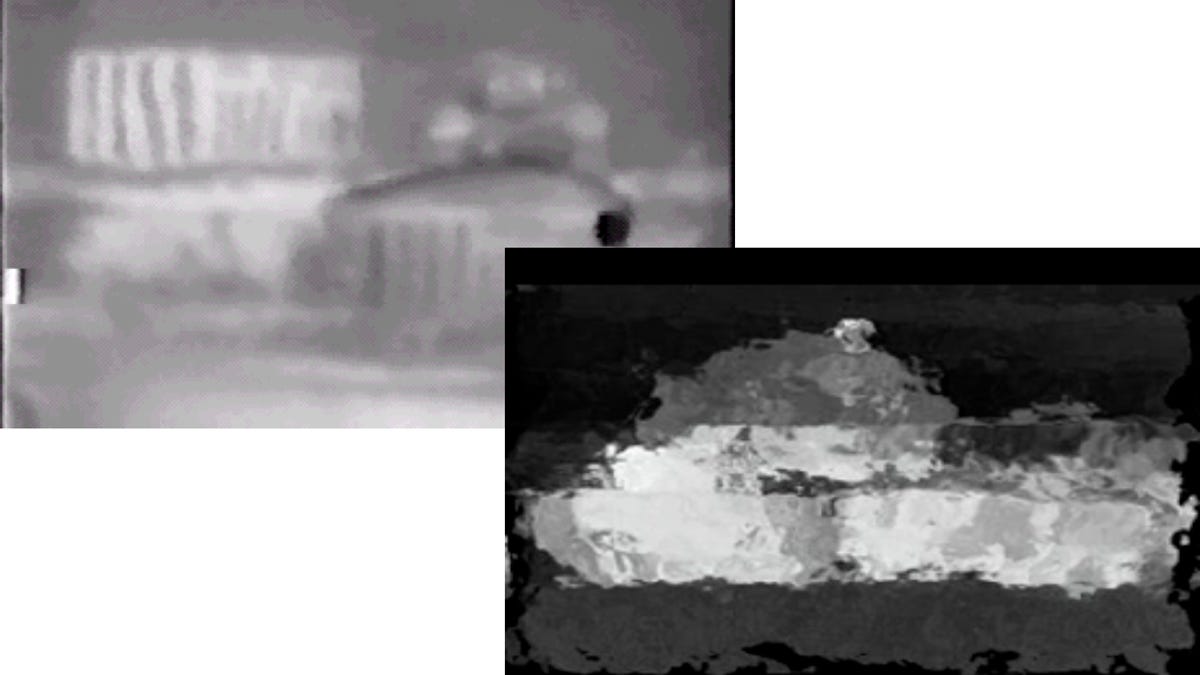New binoculars make the most of mirage
Military looks to new binocular system to penetrate heat haze.

A new type of binoculars developed by DARPA not only penetrates heat haze, it uses the shimmering distortion to magnify distant objects behind it, significantly extending target recognition and identification.
The Super-Resolution Vision System (SRVS) exploits an "atmospheric turbulence-generated micro-lensing phenomena", which acts as a lens, sporadically generating a better view of what is going on behind the haze.
The one disadvantage is that since the technique relies on a combination of images, you can't see what's going on in real time. Best case viewing from the approximately 4 lbs., 14 inch prototype will be one image per second.
These fleeting images are digitally strung together into a continuous strip; the result is three times more detail than many current telescopes manage to produce even without the heat haze. The military's goal is "90% accurate facial recognition of a moving individual from 1 km away, using a 6-centimetre lens", according to New Scientist. One hope is that this greater "target identification confidence" will reduce fratricide and collateral damage on the battlefield.
Testing is scheduled for 2009, with delivery to special ops in the field by 2011. The same turbulence-induced, super resolution principle could be applied to other optical systems like telescopes used in astronomy.